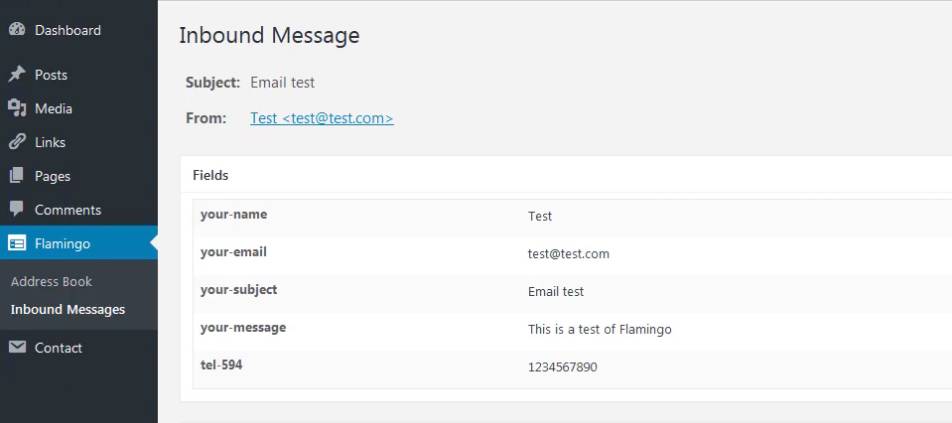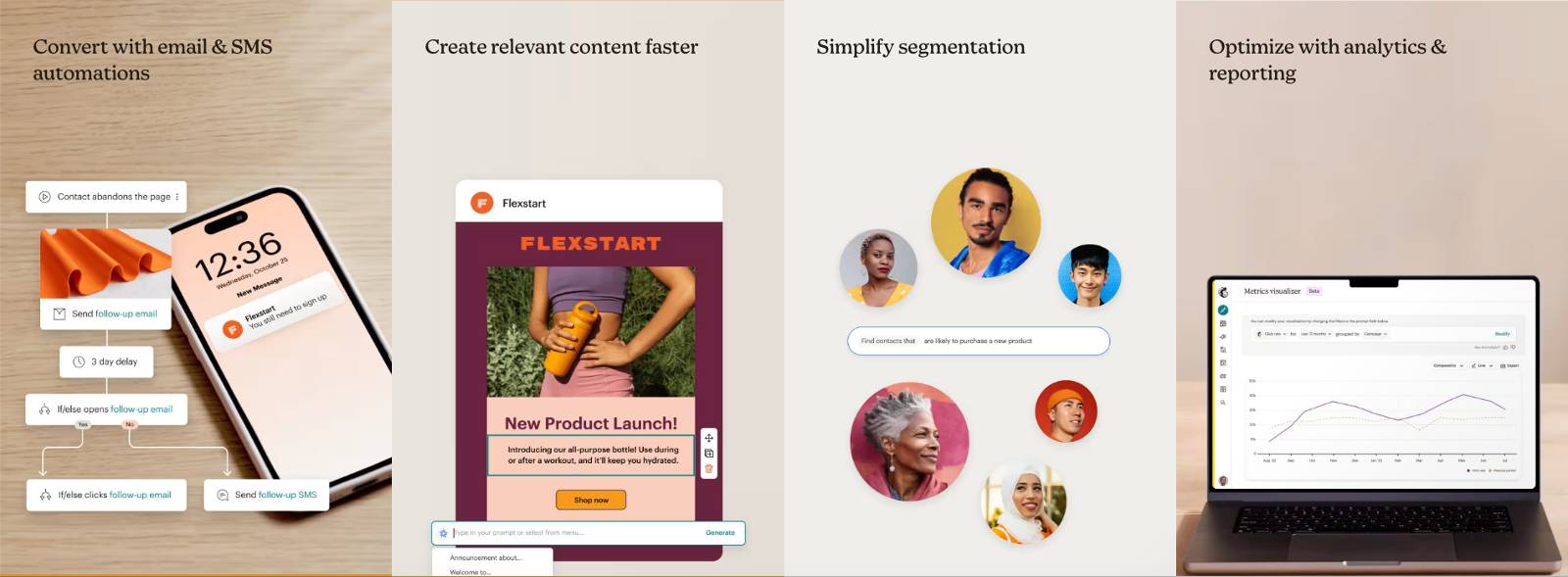Effectively managing WordPress form inputs is crucial for any business aspiring to generate meaningful leads. It's more than just gathering data; it's about building connections and keeping your audience engaged.
Whether you're bootstrapping your way through the startup phase or you've got a bit of history under your belt, how you manage those leads coming through your site can really make a difference.
So, what's the best way to handle it?
From the simplicity of emails, to a more robust solution like Flamingo right within your WordPress dashboard, to leveling up with a full-on CRM system, we're here to break down the options.
Let's dive in to see what fits your vibe and your budget.
Email: The Essential Tool for Startups and Budget-Conscious Businesses
Email offers a straightforward yet versatile means of managing form inputs. It's particularly appealing to lean startups and businesses with limited budgets due to its cost-effectiveness.

Pros:
Cost-Effective: Email is a cost-efficient solution that requires minimal investment, making it accessible for businesses of all sizes.
Ease of Use: Setting up and managing email is relatively straightforward, allowing businesses to start collecting leads with minimal technical expertise.
Cons:
Reliability Issues: Depending on your email provider, service disruptions can affect the timely receipt of form inputs. Boutique-y email providers may offer personalized services, but they lack the robust infrastructure of giants like Microsoft 365 (directly, not through intermediaries like GoDaddy) or Google.
Need for Backup Options: Given the potential for missed emails, having a backup plan is essential. This could involve secondary email accounts, manual checks, or integrating with more reliable platforms for critical communications.
Flamingo: Centralizing Communication for Efficiency
Flamingo stands out as an innovative tool designed to aggregate messages from various web forms, centralizing them in a single, searchable, and exportable location. This approach not only simplifies the management process but also enhances the responsiveness of businesses to their leads.


Pros:
Centralization: Flamingo gathers all form inputs in one location, saving you from the hassle of checking multiple sources and streamlining your lead management process.
Searchability and Exportability: With features that allow for easy searching and exporting of data, Flamingo facilitates efficient analysis and integration of leads into other business processes.
The email "back-up" option: Afraid you may have missed a lead in your inbox? Did an email bounce, not go through, did the server reject something, or did your smpt set-up just conk out? No worries, everything lands in Flamingo.
Cons:
Pseudo-CRM Functionality: While Flamingo acts as a centralized hub for managing leads, it does not offer the full suite of CRM functionalities. Businesses might find themselves manually managing aspects of their leads, which can be less efficient compared to utilizing a dedicated CRM system.
Mild Learning Curve: Newcomers to Flamingo may require some time to become accustomed to its interface and functionalities, although it's comparatively easier than a larger CRM
CRM Integration: The Comprehensive Solution for Lead Management
Directly integrating web form inputs into a Customer Relationship Management (CRM) system like HubSpot or Pardot can significantly enhance the sophistication of lead management practices, offering automation, segmentation, and detailed analytics.

Pros:
Efficiency and Automation: CRM systems can automate various aspects of lead management, from categorization to follow-up, saving time and reducing manual errors.
Advanced Analytics: With robust analytics capabilities, CRMs offer deep insights into lead behavior, preferences, and conversion patterns, enabling targeted marketing strategies.
Cons:
Cost: Advanced CRM solutions can be expensive, particularly for small businesses or startups with limited budgets.
Complexity and Integration Time: Setting up and integrating a CRM system with existing workflows can be complex and time-consuming, requiring a significant upfront investment in time and resources.
For those not ready to commit to a full CRM, options like MailChimp offer a good balance between functionality and ease of use, serving as an introductory platform for email marketing and basic lead management.
In sum
Choosing the right method for handling form inputs hinges on your business's specific needs, resources, and strategic goals.
Email offers simplicity and cost-effectiveness for startups, Flamingo provides a centralized solution for managing leads, and CRM systems offer comprehensive tools for sophisticated lead management. By carefully evaluating the pros and cons of each option, businesses can optimize their lead management processes, fostering growth and building stronger relationships with their audience.



